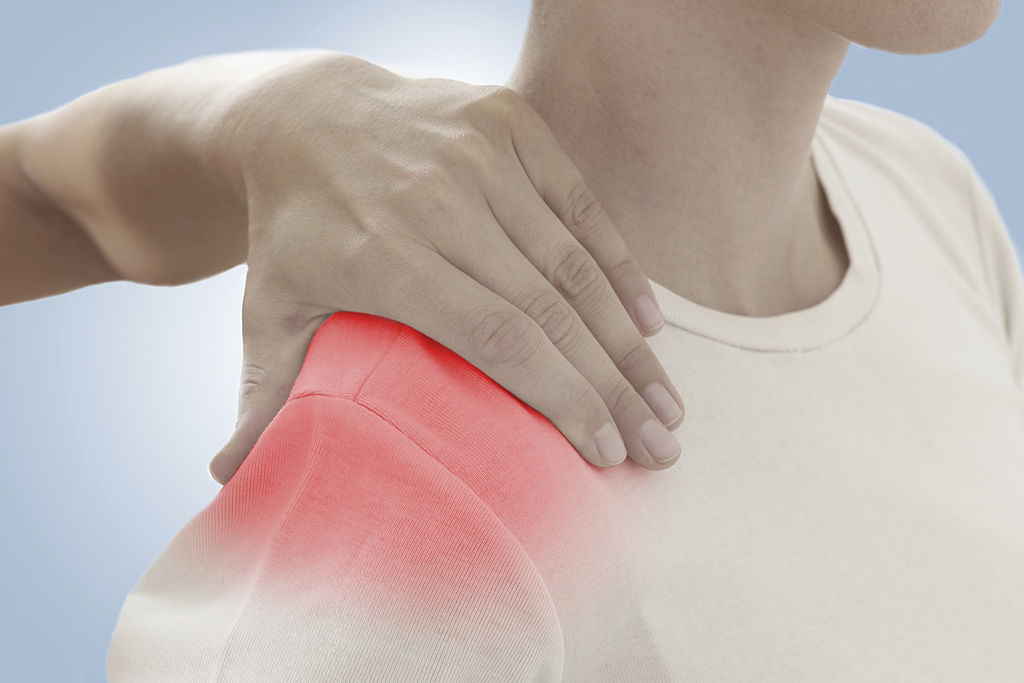
What is Allscripts patient portal?
Access to Personal Health Records (PHR) and online connectivity are top demands from your patients. As physicians and medical practitioners, you look for services that increase office efficiency, generate income and improve patient satisfaction. That is exactly what the Allscripts Patient Portal delivers.
What is a patient portal and what is it used for?
A patient portal is a secure online website that gives patients convenient, 24-hour access to personal health information from anywhere with an Internet connection. Using a secure username and password, patients can view health information such as: Recent doctor visits. Discharge summaries.
What is EMR patient portal?
A patient portal that is accessed through a secure login. It includes a Personal Health Record (PHR) and allows your practice and patients to exchange information securely and in full compliance with HIPAA. Having a patient portal is one of the many requirements for Meaningful Use.
How do I send a message through patient portal?
0:130:49Patient Portal – How to Send a Direct Message to Your Provider?YouTubeStart of suggested clipEnd of suggested clipOnce you go ahead and select a subject go ahead and type in your messages. And go ahead and hit sendMoreOnce you go ahead and select a subject go ahead and type in your messages. And go ahead and hit send message that will send the message to the necessary recipient.
What information can be accessed through a patient portal?
The features of patient portals may vary, but typically you can securely view and print portions of your medical record, including recent doctor visits, discharge summaries, medications, immunizations, allergies, and most lab results anytime and from anywhere you have Web access.
Why do patients not use patient portals?
The researchers found no demographic differences among nonusers who said that a technology hurdle, lack of internet access or no online medical record was the reason why they did not make use of a patient portal.
What are the different types of patient portals?
There are two main types of patient portals: a standalone system and an integrated service. Integrated patient portal software functionality usually comes as a part of an EMR system, an EHR system or practice management software. But at their most basic, they're simply web-based tools.
What are the disadvantages of patient portals?
Even though they should improve communication, there are also disadvantages to patient portals....Table of ContentsGetting Patients to Opt-In.Security Concerns.User Confusion.Alienation and Health Disparities.Extra Work for the Provider.Conclusion.
When did the medical field start using patient portals?
Early Implementation And Growth Of Patient Portals In the late 1990s and early 2000s, the earliest adopters of patient portals began offering electronic tools for patient-centered communication, often “tethered” to their integrated electronic health record system.
What is a portal message?
Portal messages are a secure, optional messaging tool built into the patient portal. Patient portal users can exchange messages with their pediatric practice, and the practice can receive and send portal messages with PCC EHR or pocketPCC.
How do I check my sent messages on Mychart?
2:043:44MyChart: Using the Message Center (For Mobile) - YouTubeYouTubeStart of suggested clipEnd of suggested clipOpen the conversation. And bookmark it to find that bookmarked conversation return to the messageMoreOpen the conversation. And bookmark it to find that bookmarked conversation return to the message center. And open the bookmarked folder.
How do you add a PDF to Patient Portal?
Sign-in to the Patient Portal on your mobile device. Tap Messages. Tap Compose Message. Tap Attach files, then select the appropriate file from your mobile device.
What are the different types of patient portals?
There are two main types of patient portals: a standalone system and an integrated service. Integrated patient portal software functionality usually comes as a part of an EMR system, an EHR system or practice management software. But at their most basic, they're simply web-based tools.
What is the difference between a personal health record and a patient portal?
A patient portal is a type of personal health record (PHR) that is connected to an electronic health record (EHR) system. Patient portals provide a secure website through which patients can access their clinical data.
What are the benefits and challenges of using patient portals?
What are the Top Pros and Cons of Adopting Patient Portals?Pro: Better communication with chronically ill patients.Con: Healthcare data security concerns.Pro: More complete and accurate patient information.Con: Difficult patient buy-in.Pro: Increased patient ownership of their own care.
What information is excluded from a patient portal?
However, it also had to exclude behavioral health, protected minor visits, research records, business records, and other sensitive record content. The portal automatically downloads or excludes documents based on type or provider, says Meadows, who helped solidify a process for integrating the portal with the EHR.
What is bridge patient portal?
Bridge Patient Portal allows EHRs the ability to partner with our 2015 ONC Certified patient portal solution to meet ONC certification requirements. In return, our partners can focus the bulk of their development efforts on their core product offering and leave the patient portal to us.
Does Bridge integrate with EHR?
Are actions that take place in the provider portal reflected in the source EHR/PM/RCM system? Yes. Bridge can interface with any Electronic Health Record (EHR), Revenue Cycle Management (RCM), or Practice Management (PM) software system, even more than one simultaneously. Information can be pulled from the provider portal into ...
Is Bridge Patient Portal 2.0 compliant?
Department of Health and Human Services. This certification does not represent an en dorsement by the U.S. Department of Health and Human Services or guarantee the receipt of incentive payments.
Is Bridge an EHR?
Yes. Bridge is an EHR agnostic patient portal and can be interfaced with any Electronic Health Record (EHR), Revenue Cycle Management (RCM), or Practice Management (PM) software system, even more than one simultaneously. Bridge works with the most prevalent healthcare interface industry standards, including Health Level Seven (HL7), ...
